How to design and plan for “elevated human experiences” around a wave pool

Surf parks must be designed to appeal to diverse groups of surfers. From core salts to freshly scrubbed newbies, everyone has a different expectation of what the optimal surf day is like. It’s a tough gig. Sometimes designing the optimal elevated human experience for these different groups means a layout that minimizes their contact with each other. Complicated, yes.
Architecture is weird. Go big building-as-art like a Frank Gehry Guggenheim Museum and you risk overshadowing the contents of the structure. Go perfunctory shipping container and you risk storage rental space vibes. A building and its surrounding amenities if done well will become invisible. Visitors are blind to the mechanics and will focus on the joy and the wonder of the wave pool. In short, Disneyland has no visible wires or motors.
William Duncanson is an expert on South Asian vernacular architecture. What is that? Think Indonesian luxury surf camp. The lifelong salted surfer works for BAR Architects in San Francisco. It’s his job to take something technical, like a wave pool, and make the environs surrounding it seamless and feel like a perfect day at the beach. It’s no small task. We spoke with William to discover just how much thought and planning go in to designing a surf experience.
What is your background?
I was born and raised in central New Jersey. I started surfing in the early ‘80s, about the same time I knew I wanted to be an Architect. Later I focused my graduate school work on South Asian vernacular architecture. Ironically, a burgeoning obsession with vernacular architecture would be my gateway to “Surf Architecture.” Years later, I met Ryder Thomas, founder of Pegasus Lodges and Resorts. He had just acquired Telo Island Lodge and my knowledge of the architecture of South Nias piqued his interest and a quick friendship developed. This led to design and collaboration on many of the projects in the Pegasus portfolio and my now niche expertise in surf hospitality. Naturally, this experience led to my involvement on a number of surf park projects; notably, DSRT Surf version 1.0, Los Vientos, and now many others. It’s been a serendipitous ride for sure. I never could have predicted this trajectory for my passion and profession to converge so well. I am currently a Principal at BAR Architects in San Francisco, and also a Partner in Pro Swell.
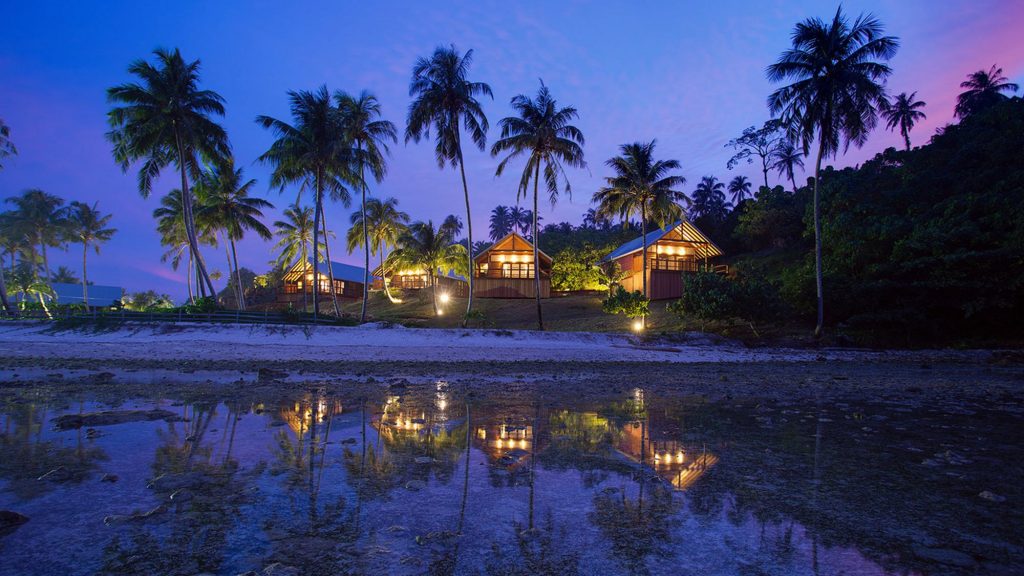
How is designing a wave park different from, say, an office building or a home?
In my architecture practice, I focus on a pretty wide range of project types ranging from large multi-family urban infill developments, to master plans, to conventional hotels and resorts, to custom homes, and increasingly to surf parks. Very recently, as I was transitioning from one Zoom meeting about the “beach” at a surf park to another Zoom meeting about a common amenity roof deck terrace for an urban high-rise, it occurred to me that the common thread between all the different project types on which I work, is an interest in creating opportunities for elevated human experiences. Essentially, the goal is the same for all these living and lifestyle projects, to create an atmosphere that facilitates mindfulness of a life well lived. So while the goal is the same, the considerations to achieve that goal can vary wildly from project type to project type.
To achieve an elevated user experience in a surf park you need to first, understand the proposed business model, and then second, the different use cases that particular business model will create. Most surf parks are catering to a wide variety of surfers at any one time. Some are seasoned and salty, and some may be experiencing surfing for the first time. Each has a different expectation for a “perfect day at the beach.” Sometimes designing the optimal experience for these different groups is making sure they minimize interaction with each other! Curating this perfect beach day for each group is a bit of a trick. For those of us that have been surfing for any period of time, we know that it is a gift – a gift of perpetual youth, stoke, friendships, engagement with nature, and much more. Surf parks are the gateway to this life for newcomers and just another point on the continuum of surf for us salts.
There are, of course, a lot of programmatic, Code, operational, environmental, and other considerations that are unique to each project type, as well as specific projects within each type. That’s the fun of architecture. Every day is different.
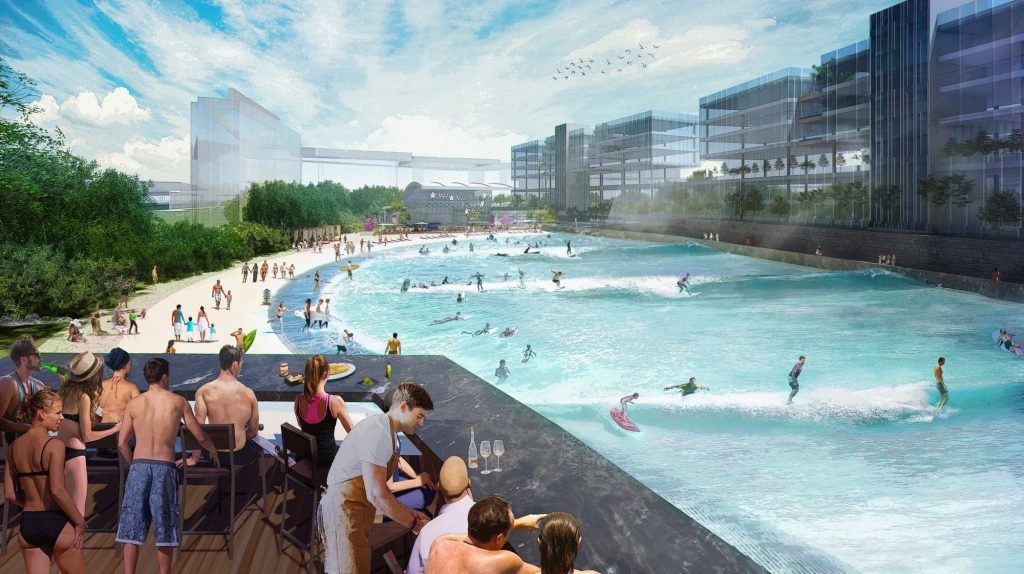
It’s something we don’t really think about, but where do you put the wave pool?
That is the very first thing a surf park planner thinks about! And, if done right, nobody ever has to think about it (again)… Technology selection is the first step. Most technologies have different sizes that can accommodate different capacities, orientation and/or space constraints. Some technologies are naturally right, or wrong, for certain sites based on some of the considerations below. The business model, budget, power and water access, and site constraints will dictate the size of the wave pool. Next, some very detailed site analysis is necessary to determine the optimal orientation. Some of the considerations are wind, sun path, weather, seasonality, view shed beyond the pool, and operational considerations (e.g. maintenance, fire life safety, beach operations, public access, etc.). In a perfect world, an on-site weather station is installed to collect as comprehensive site-specific weather information as possible to assist in orientation decisions. Wind orientation is arguably the most important consideration, but must be balanced with all the others, and the wind doesn’t always win. It is important to include an operator early in these discussions. It can’t be overstated just how important operational considerations are when planning a surf park. At Pro Swell it is great to have all the stakeholders represented under one roof. It makes many of these decisions easy and efficient.
What are some of the differences in designing a mixed-use facility rather than a straight-up surf park?
There are so many different types of mixed-use facilities so it is hard to generalize. Even a straight-up surf park is likely designed to operate in full public mode, private mode, event mode, etc. There are so few “single use case” scenarios that flexibility on the beach is paramount. In a mixed-use facility, where you may have a hospitality, membership, or residential component in addition to a public component, it is critical to give each program an area that feels as if it is theirs. I’d say the more differentiated the two (or more) components are, the more important it is to ensure some amount of distinction. This distinction can be achieved through operations (e.g. time in the pool) and design (e.g. different distinct areas on the beach or in buildings). Most surf parks are looking at ways to increase revenue opportunities by expanding capacity, increasing dwell time, encouraging non-surfer guests, etc. which makes sorting this aspect of the park design out all the more important.
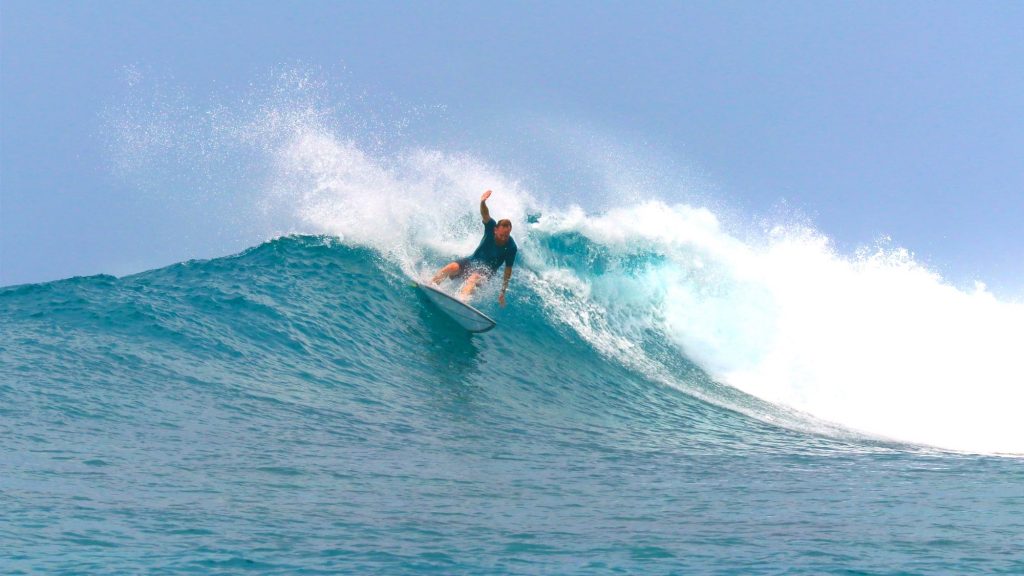
Share with us some key takeaways on how you design for the customer experience.
At the risk of channeling Chandler; a lot of the “surfing” at a surf park happens on the beach. Most mortals can only handle a few hours in the pool at a stretch without needing a break between multiple sessions. Any surf park that is intended to accommodate more than purely private use is targeting a considerable amount of people on the beach, or in the structures that support the beach experience. The design of the beach and these support structures will ensure the success, or failure, of these projects as more and more arise and the landscape of surf parks becomes increasingly competitive. My mantra is to Keep it Surf.
In my experience designing destination surf resorts, I’ve learned that surfers are generally very sophisticated travelers with high expectations for two seemingly unrelated things. The first thing is intimacy. By this I mean that the scale of the human experience needs to be small enough that individuals can bond with other individuals, or small existing groups can incorporate individuals or other small groups, or an entire resort is a reasonable size for a single group to buyout themselves. On a surf trip a lot of the “surfing” is happening out of the water while talking story before or after a session. This doesn’t happen in groups much larger than 6-12 people. I actually think that sessions in the pool should be similar sized to avoid the anonymization of the experience (revenue model permitting). On the beach this can be achieved by discrete seating groups of different kinds both indoors and out. An array of 60 chaise lounge chairs equally spaced like on the deck of a cruise ship isn’t Surf.
The second thing is authenticity. Most surfers have traveled extensively, and not just for surf. Wanderlust is part of our culture and the result is that we crave real experiences. And, while some continue to wrestle with the conundrum of the “real experience of a man-made wave,” the reality is that surf parks are happening. And many, if not most, are happening in areas without an endemic surf population. The design challenge is to create a place that is authentic to its location but still evokes Surf. In my mind, this is about the scale and character of the spaces and experiences realized through uniquely local materials and methods. It is not putting the Windansea Palapa in the desert. In my opinion, you don’t have a successful project without these two things.
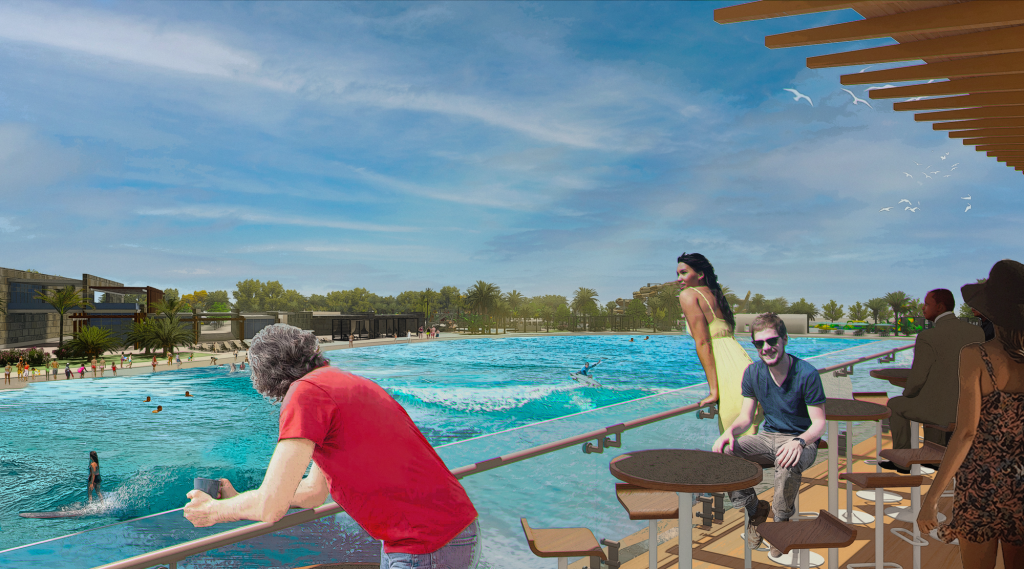
Are certain wave technologies better for planning a venue?
Hah! This question feels like a trap! Each of the current commercially viable wave pool technologies has a sweet spot depending on the business model. Some are more about throughput, some are more about flexibility. And, they all have fundamentally different opportunities for beach goers to experience the action in the wave pool. Here, proximity is key. The closer you can get the beach to the action, the better. It is easiest to answer this question by looking at the extremes. If you are planning an exclusive facility for private use then you want to have the most wave optionality on an instantaneous basis – essentially be able to dial up a different wave every time, and then not care if it isn’t running at all for half the day, or days on end. If you are only ever going to provide a high volume, mass market offering with no seasonality considerations, then energy efficiency and throughput are your metrics. The good thing is that there are technologies out there that satisfy both extremes. But, most projects require something in the middle, and I’m definitely a fan of maximum flexibility, which I believe is pneumatics… I do very much enjoy being an educated spectator on the sidelines of the various battles between the tech companies on this topic. Successful dodge?
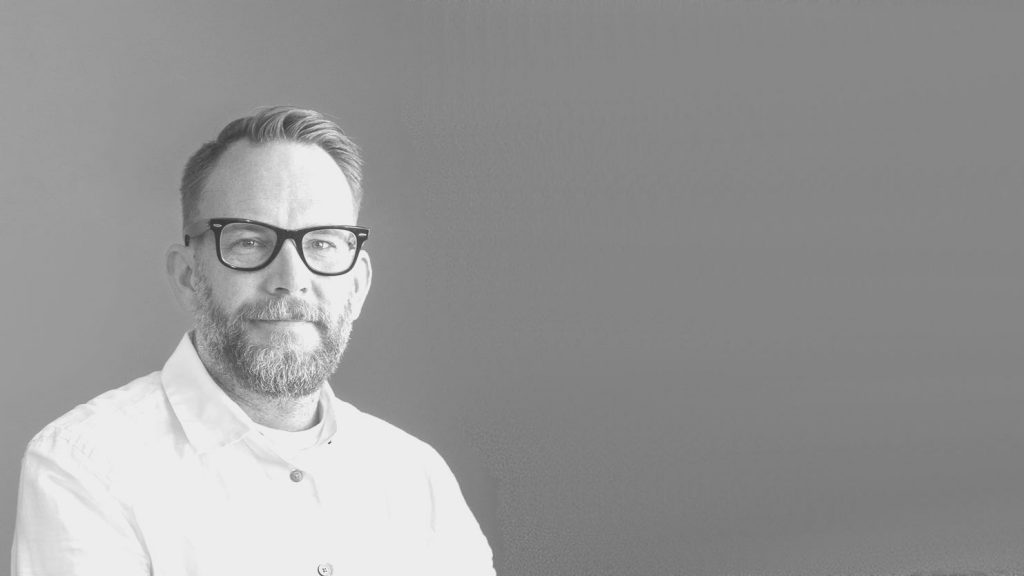
Related Coverage
